
Kiwi truck enthusiast Rod Simmonds recently visited the Forbes Central West Livestock Exchange in NSW and shares some insight into how stock sales are done across the ditch.
Sheep trucking has always been hard work on both sides of the Tasman, especially during hot, dry summers. An increasing number of kiwi truckies are heading to greener pastures (brown grass in reality) and are being welcomed with open arms by Aussie livestock operators. Their experience, animal care and ability to “look after the gear” is well thought of and, for the younger ones, living in a truck for three or four weeks at a time is simply a never-ending adventure.
With New Zealand’s national sheep flock down to 23 million (from a peak of 70 million in 1983), Australia is well placed to capture top operators to help move their 70-million-and-growing sheep number. The gear is bigger, the crates are bigger and the distances are bigger. What’s not to like?
To support the rural livestock industry, in the past decade, many areas have seen the major redevelopment of saleyards (or, as Aussies call them, livestock exchanges) by local government funding and operations. In Australia – and NSW, QLD and Victoria particularly – livestock exchanges are in all the major grazing areas and typically 200km to 300km apart.
One such site is the Forbes Central West Livestock Exchange (CWLE for short), now the third-largest sheep site in Australia, with over 1.4 million head being handled. Along with cattle and pigs, it is quickly catching up to the equally impressive nearby (in Australian terms) Dubbo Livestock Exchange – about 150km away.

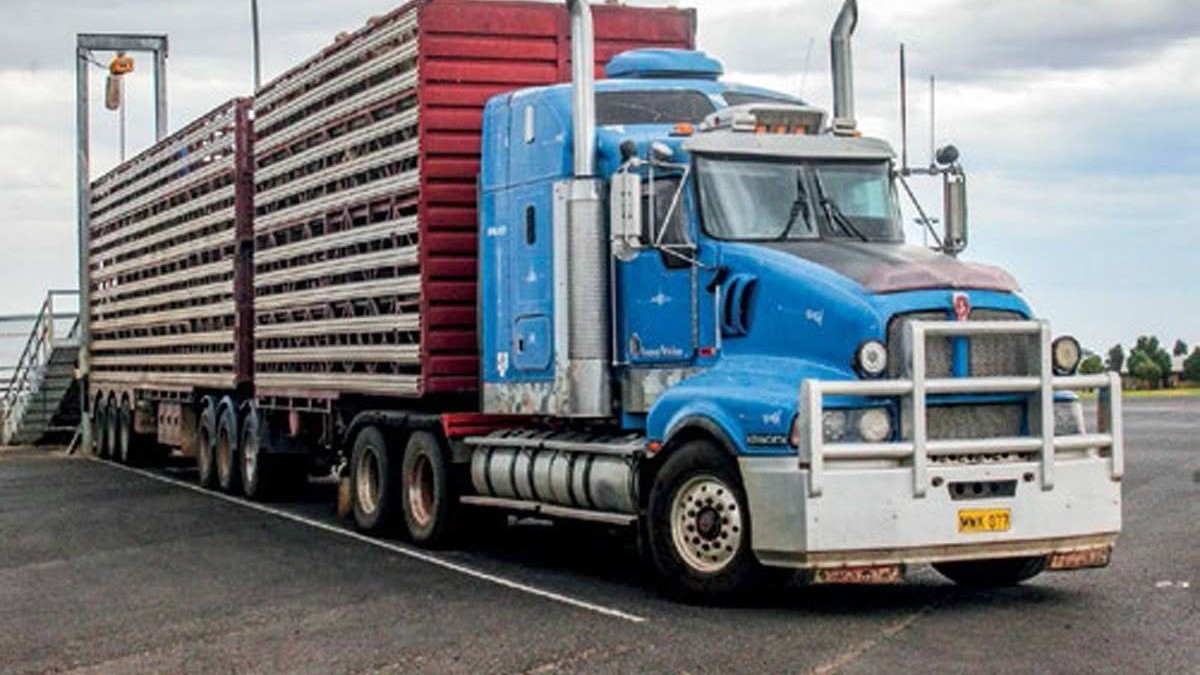
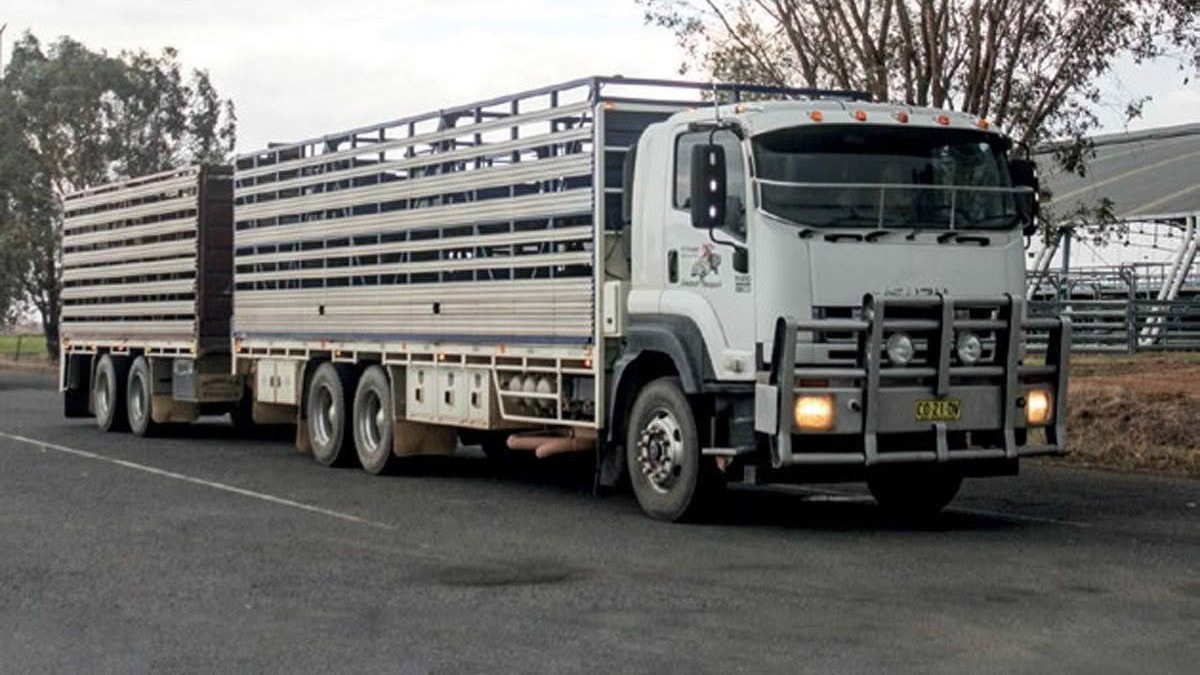
Context is everything: the Manawatu’s Feilding Saleyards is renowned as being one of New Zealand’s leading yards and averages about 450,000 head of sheep a year.
The $10 million facility opened in 2006 just north of Forbes, Central NSW, and just 2km from the interstate Newell Highway, where roadtrains can travel unhindered. In 2019, it was expanded again to include more yards, loading facilities and a pig-specific area. There is a well- patronised four-unit crate wash pad, café, showers, etc, and it is the ideal overnighting yard for stock and drivers alike.
The facilities are managed by the local shire council and are regarded as a template for future yards with top-quality animal care, full water management, massive roofs (with water collection tanks), roadtrain and multi-combination unloading, and so on.
The first sale for the year saw agents yard 37,300 head, with 28,850 lambs penned.
So, back to the trucks … well, during a recent visit, it really is an unbeatable Kenworth brand dominance with the odd other American brands and even a rare European or Japanese make. The numbers lining up one morning were 22 Kenworths, one Western Star, one Mack, one International, one Volvo, one Mercedes-Benz and one Isuzu … plus a car park full of Toyota utes, parked back-end first.
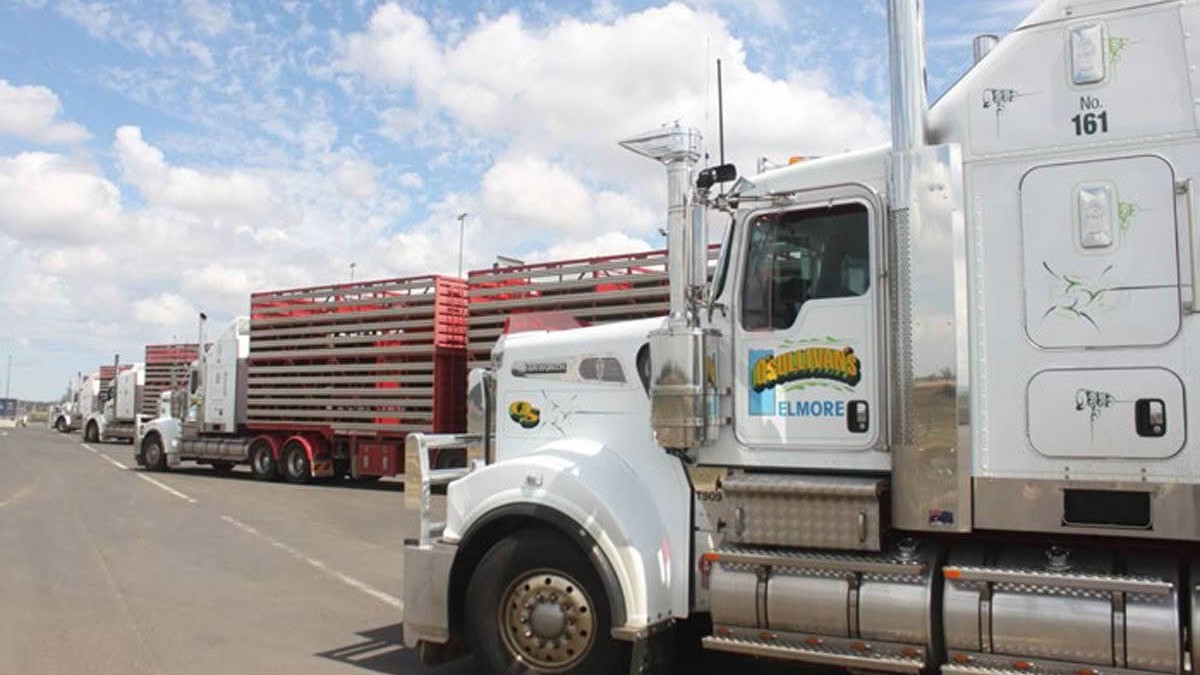
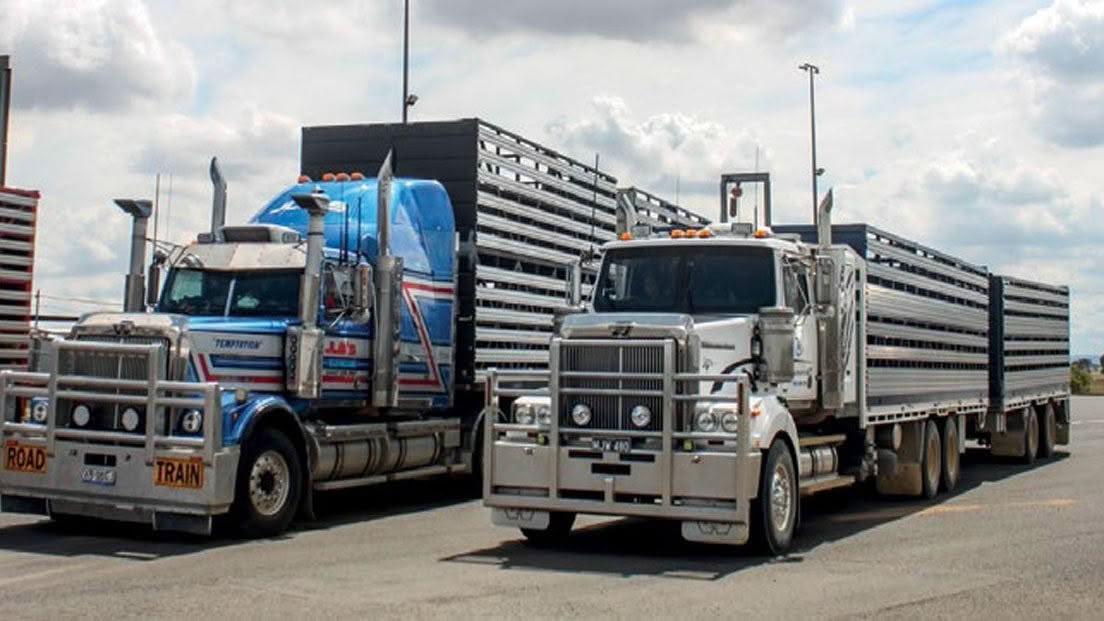
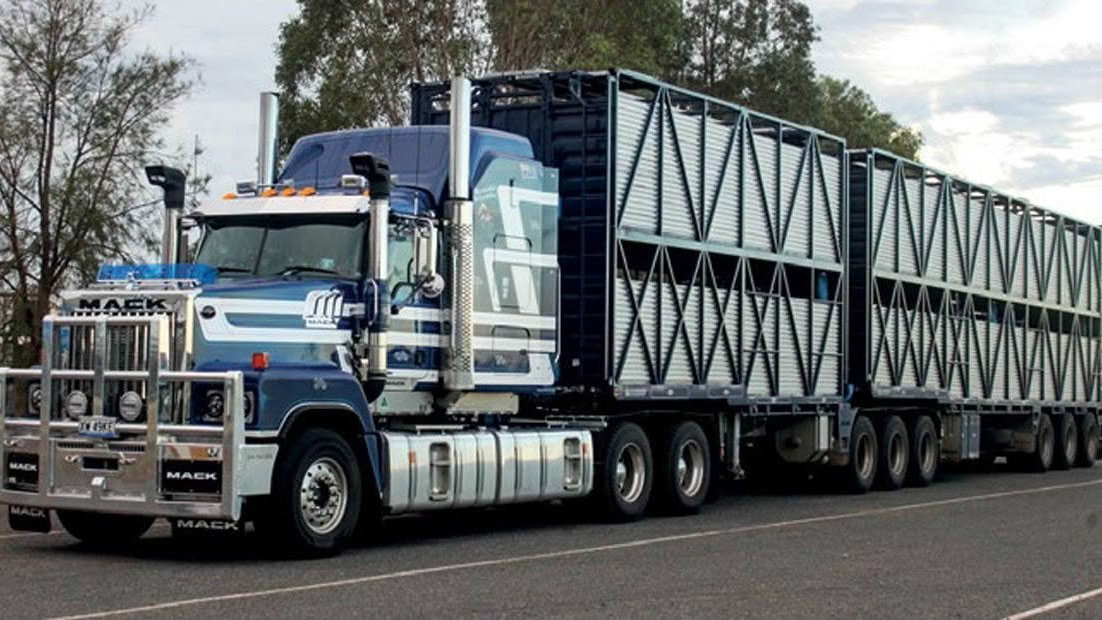
Roadtrains, AB-triples and B-doubles, plus some local singles, work day and night, delivering the day before auction (and typically all auction day and night) and into the next day hauling out.
Holding paddocks keep the stock well fed and watered, especially during the big sales.
Many interstate operators work the saleyards all week, with the locals using the feeder trucks working five to six days a week, day (and night) to keep up. Plus, with overnight resting, you have a well-supported and professional logistics operation working daily. This is what productivity looks like.
Regulation-wise, livestock carriers in Australia (and like the US) have long-standing exceptions or ‘loose’ regulations to benefit the animal health. Standard height is 4.3m (New Zealand 4.25m limit), but livestock crates can run at 4.6m, 12.5m maximum per trailer and for B-doubles, 18.8m length of deck space. Overall, the limit is 27.5m for a set of B-doubles, which have pretty much general access. They’ve proven popular and are more efficient, and that’s how it should be.
‘Volume loading’ means little policing of overall weights; spreading out the livestock to improve animal welfare is the key but, in reality, the capacity is always filled. You never leave any stock behind …
Naturally, each state in Australia has its own rules, but after industry lobbying, there is nowadays far more consistency. Having strong representation with federal and state regulators from a wide range of industry sectors seems to be the key – another lesson New Zealand could learn.
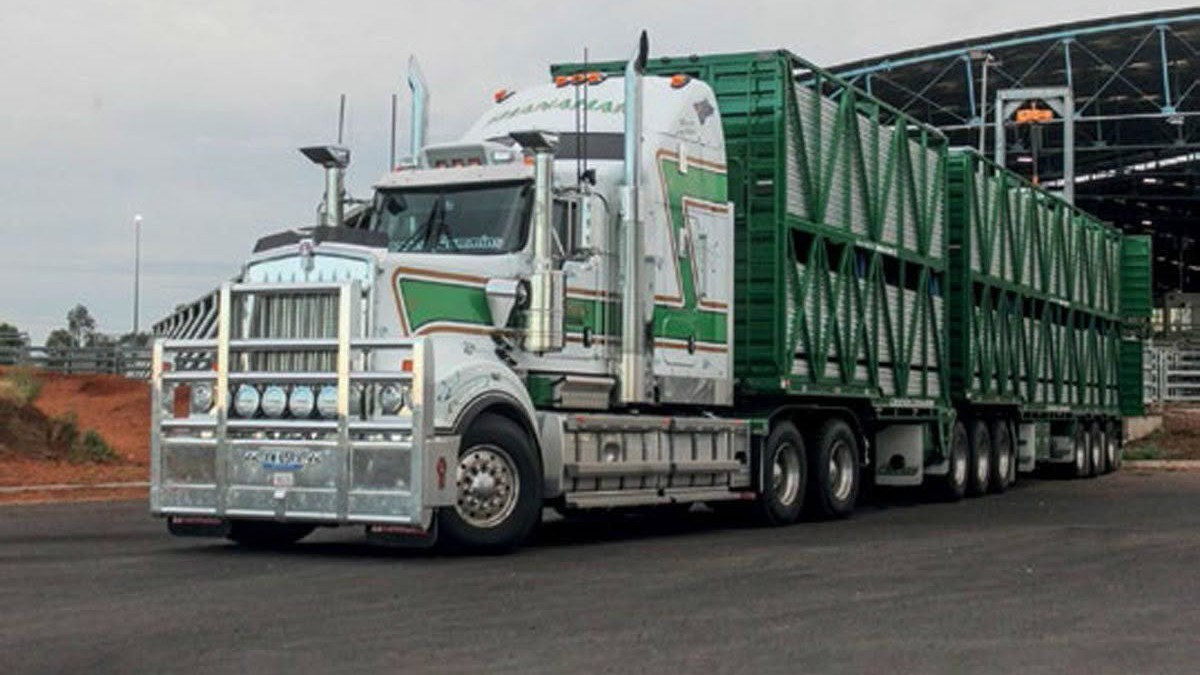
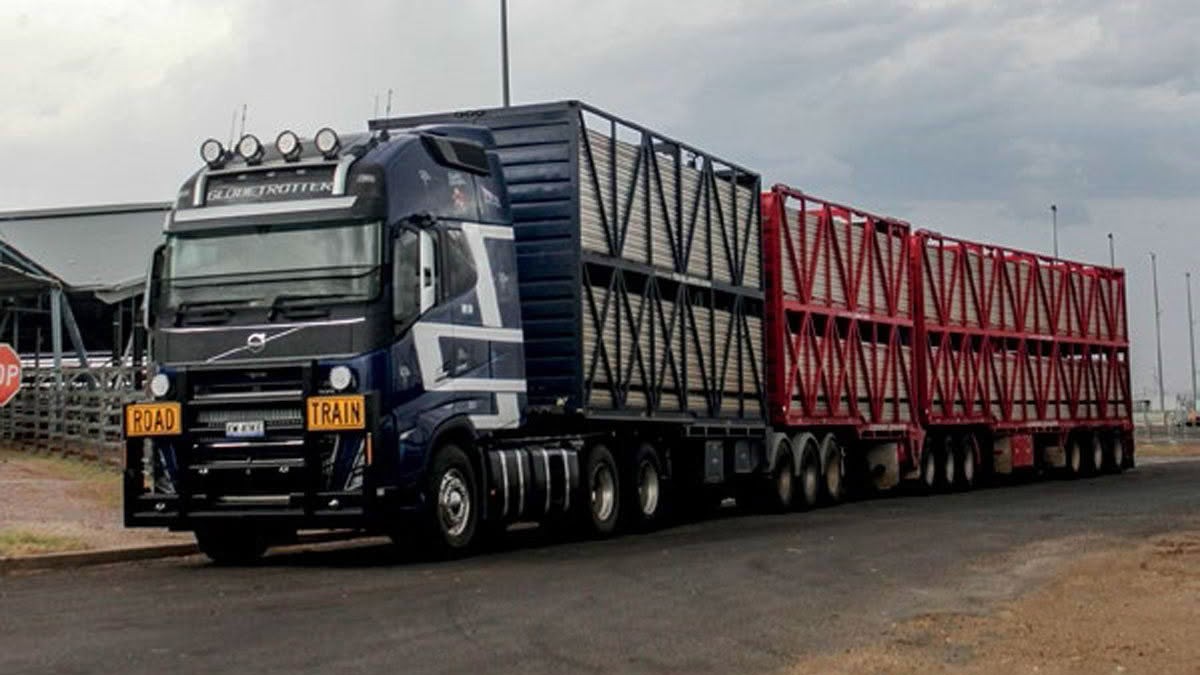
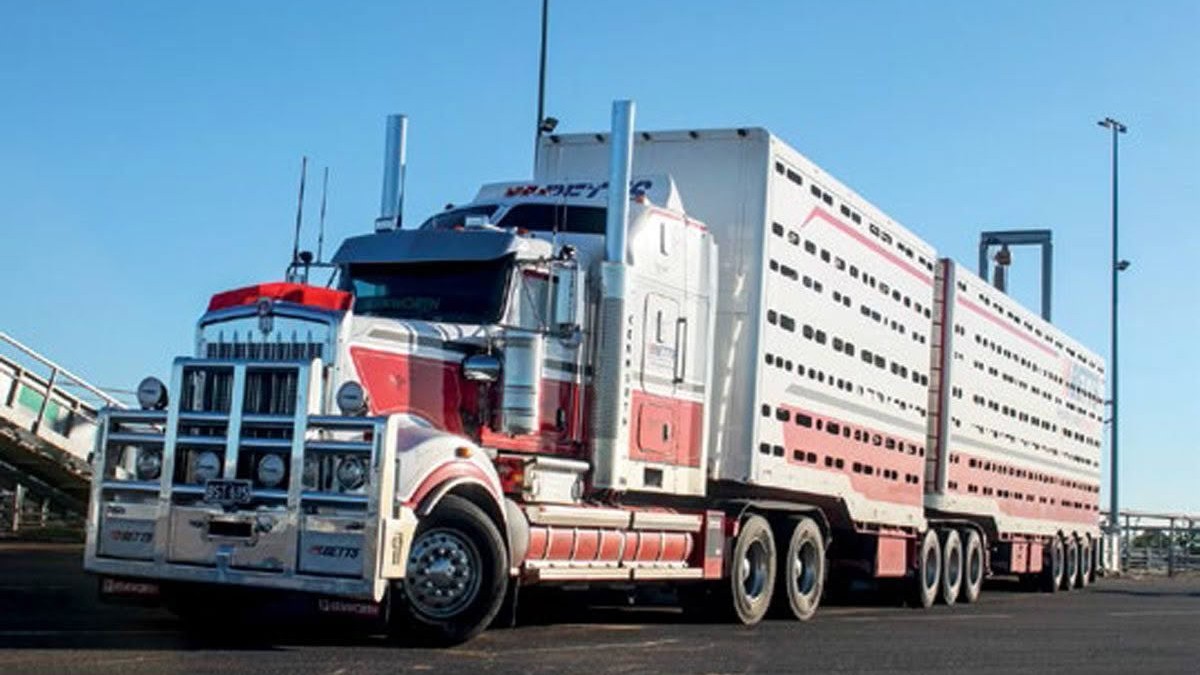
Driver fatigue is pretty well self-managed, but with some exceptions. Animal welfare is the top priority, with operators improving safety records despite the tough environment. The key is they don’t include loading as recorded time. It can typically take three hours to load a B-double or AB-triple, so there is never a need to rush.
And, to help load the fixed-floor four decks, you need dogs – and lots of them. It seemes to be four to six dogs in each unit, plus the electric prodder, yard Jackaroos, and stock agents all lending a hand.

With the varying sheep breeds, from the common Merino to the newer, shedding Dorper breed – double the size of typical New Zealand sheep – it’s still hard yakka to move them.
The more recent development has been to fit effluent catchment and tanks to appease the masses, and funnily enough, they use and love the Jackson Enterprises (Pahiatua) livestock dump valves!
Read more
For transport leaders
0 Comments4 Minutes
Greg Biggs
0 Comments2 Minutes
Winter warriors
0 Comments12 Minutes
Bombay Truck Show 2025
0 Comments5 Minutes





